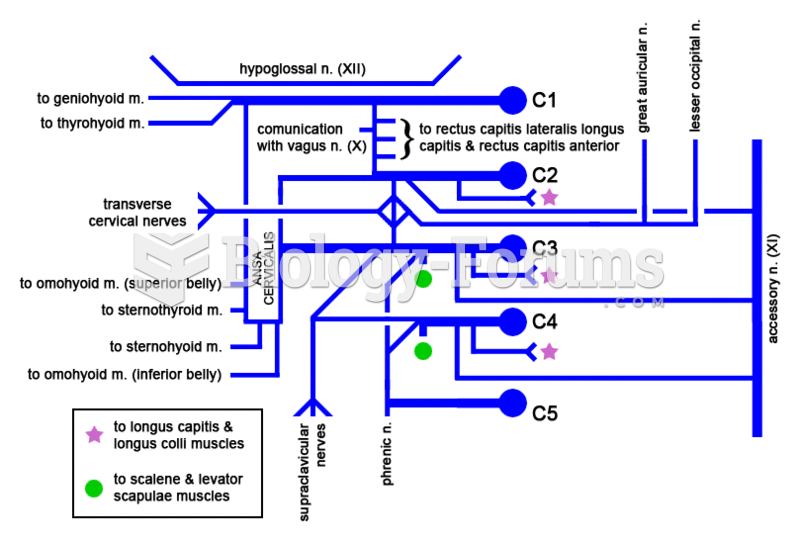Answer to Question 1
F
Answer to Question 2
1.
Customer A Customer B Customer C Others Division
Revenue 1,054,826 1,544,680 2,210,162 480,332 5,290,000
Customer-level costs 675,378 951,669 1,517,895 266,058 3,411,000
Customer-level operating income
379,448
593,011
692,267
214,274
1,879,000
Wholesale channel costs1 149,437 233,543 272,633 84,387 740,000
Customer-level operating income after allocating distribution costs
230,011
359,468
419,634
129,887
1,139,000
Division costs
Marketing2 111,664 163,520 233,968 50,848 560,000
Administration3 47,520 66,960 106,800 18,720 240,000
Allocated division costs 159,184 230,480 340,768 69,568 800,000
Fully allocated customer
operating income
70,827
128,988
78,866
60,319
339,000
Operating income as a percentage of revenue
6.7
8.4
3.6
12.6
6.4
1740,000 (379,448 1,879,000; 593,011 1,879,000; 692,267 1,879,000; 214,274 1,879,000)
2560,000 (1,054,826 5,290,000; 1,544,680 5,290,000; 2,210,162 5,290,000; 480,332 5,290,000)
3240,000 (675,378 3,411,000; 951,669 3,411,000; 1,517,895 3,411,000; 266,058 3,411,000)
Rod Manufacturing is earning higher operating income as a percentage of revenues from its smaller customers (others) than from its three key customers, Customers A, B, and C. In one sense this is good because it means it is treating these key customers very well. At another level, Rod may want to examine if it is giving these customers too good a deal.
Of the three customers, Customer C has the highest revenue but the lowest customer profitability percentage. A major reason for this is that Customer C's customer-level costs as a percentage of revenues are very high, 68.7 (1,517,895 2,210,162). In comparison, Customer A's customer-level costs as a percentage of revenues is 64.0 (675,378 1,054,826) and Customer B's is 61.6 (951,669 1,544,680). These higher costs then attract higher administrative overhead costs which support the various customer-level activities. Customer C is allocated fewer wholesale-channel costs because its lower profitability reduces its ability to bear overhead costs (recall that wholesale-channel costs are allocated based on customer-level operating income). Rod Manufacturing needs to work with Customer C in particular to reduce customer-level costs.
2. Advantages of allocating wholesale-channel and division costs
One important advantage of allocating wholesale-channel and division costs to customers is that the full costs of supporting the sales of products to customers are included when determining customer-level profitability. In the long run, customers (and products) must be profitable on a full-cost basis, if the company is to be profitable.
Another advantage of allocating all costs to customers (and products) is to encourage long-run prices to be set to cover the cost of all resources used to produce and sell products to customers. Full-cost allocation reduces the temptation of companies to cut prices to simply cover partial (or variable) costs.
Allocating all costs motivates managers and salespersons servicing individual customer accounts to examine how wholesale-channel costs and division costs are planned and controlled. These managers and salespersons want to understand whether these costs are providing them benefits in line with their costs. Are the wholesale-channel costs supporting better distribution of products to customers? Are the marketing activities increasing the demand for products by customers?
Disadvantages of allocating wholesale-channel and division costs
Managers sometimes prefer not to allocate wholesale-channel and division costs to customers because changes in customer behavior will have no effect on these costs. For example, only decisions pertaining to the channel, such as a decision to discontinue wholesale distribution, will influence these costs.
Another disadvantage of allocating wholesale-channel and division costs is that salespeople responsible for managing individual customer accounts would lose motivation if sales bonuses were adversely affected as a result of allocating to customers costs over which they had minimal influence. This is the controllability principle. Even if the salesperson benefited from the wholesale-channel and division costs, he or she would have no say in (would not be responsible for) how much of these costs to use or what they would cost.
Division administration costs may have a very weak cause-and-effect relationship with customer-level costs, which is the basis used to allocate division administration costs to customers. Allocating division administration costs will then serve little useful purpose for decision making, performance evaluation, or motivation. For example, if after allocating division administration costs, a customer shows a loss, should Rod Manufacturing discontinue doing business with the customer? They should not discountinue servicing the customer if division administration costs will be unaffected by dropping the customer. Allocating division administration costs gives the misleading impression that potential cost savings from dropping a customer are greater than the likely amount. A cost-hierarchy-based income statement does not allocate wholesale-channel and division costs to customers but instead subtracts these amounts as lump-sum amounts from total customer-level operating income. Identifying wholesale-channel and division costs dovetails with the responsibilities of the wholesale-channel manager or the division managers, who can influence these costs.
A final disadvantage is the cost of designing and implementing complex cost-allocation systems as well as helping managers understand the system. These costs must be weighed against the benefits of better pricing and cost-control decisions, which are sometimes difficult to measure. However, as the costs of collecting and processing information decrease, companies are more easily able to justify more-complex cost allocations.







